Guess where we are? Clue - check out the big rocks
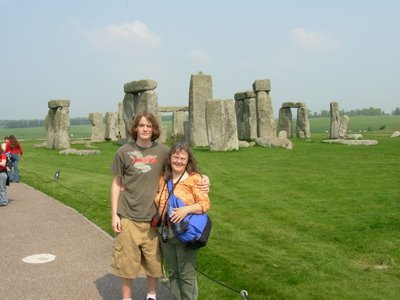 Of course Stonehenge. We were really lucky, there were relatively few people there. We were fortunate this way in almost every place we went. Some times of the year the throngs are overwhelming. We had little and sometimes even non-existent throngs. Later in the trip for example, we stumbled upon the one open night of the week at the Louvre and literally had huge hallways of roman sculpture to ourselves. Okay, there were the docents/guards, whatever their titles are. But we had the art about as much to ourselves as you can get, without being Tom Hanks. We walked right up to the Mona Lisa. On our last day in Paris we went back to the Louvre during the day and, by contrast, there were crowds twenty rows deep trying to jostle their way up to get a glimpse of her above all the heads.
Of course Stonehenge. We were really lucky, there were relatively few people there. We were fortunate this way in almost every place we went. Some times of the year the throngs are overwhelming. We had little and sometimes even non-existent throngs. Later in the trip for example, we stumbled upon the one open night of the week at the Louvre and literally had huge hallways of roman sculpture to ourselves. Okay, there were the docents/guards, whatever their titles are. But we had the art about as much to ourselves as you can get, without being Tom Hanks. We walked right up to the Mona Lisa. On our last day in Paris we went back to the Louvre during the day and, by contrast, there were crowds twenty rows deep trying to jostle their way up to get a glimpse of her above all the heads.
Back to the BIG ROCKS. And they were big. Huge. I think on the top photos, if you click on them to make them big, you can see tiny people in the backgrounds. To repeat myself, as I did on the trip for everything we saw - it's one thing to see a picture of something, quite another experience to actually see it in person. Even on a sunny afternoon, with tourists milling about, this was a place to hold you in awe.

You could get fairly close. A short rope barrier held you politely back. It was interesting to me to walk all around and see it from all angles. I think that most photos are taken from a few of the better angles, but you miss so much by not seeing the 3-D-ness of it. I was also enamored of the aliveness of it, after all these thousands of years. There were birds flitting from stone to stone. Moss growing on the monoliths themselves. No sheep. But there were sheep in the surrounding fields, which stretched out and down forever around it. I was surprised at how isolated it was, it stands atop a rise with nothing around it for miles. Of course, who knows what stood around it back when it was originally built. A big city for all we know.
Actually there was a busy highway running not far from it, maybe a quarter mile away to one side. It didn't really bother me, but apparently they are planning to move several nearby roads and the visitor center which sets across the closest access, and bus all visitors in from a distant, in order to return the site to a more untouched state. I'm not sure if I think it's necessary, but then again, I'm not in charge of a world historical site that has millions of visitors. It's amazing how many people find their way there when you consider that there's no train or bus service, only car or tour bus.
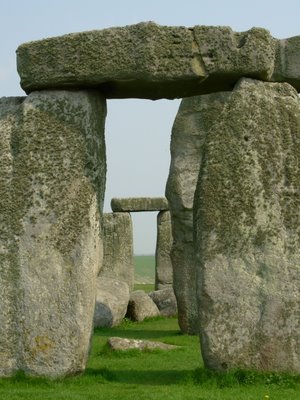 I took a lot of photos there, wish I'd taken even more. It was a toss up whether to share the photos here or on my art blog, because the close ups of the stones are interesting for composition purposes alone. I would love to go back during all sorts of lighting situations, night, day, stormy skies, early morning, etc., and take a zillion photos.
I took a lot of photos there, wish I'd taken even more. It was a toss up whether to share the photos here or on my art blog, because the close ups of the stones are interesting for composition purposes alone. I would love to go back during all sorts of lighting situations, night, day, stormy skies, early morning, etc., and take a zillion photos.I would have waited and shared these pics on the solstice, but we'll be gone again then. Wouldn't it be cool to be at Stonehenge on the solstice?! Of course along with the people who would come to celebrate the holiday, you'd also have all those folks there simply to celebrate the party. But that might be pretty fun too.
 These two stones are set up in the visitor center to show you the two types of stone used to construct Stonehenge. One is a bluestone, the other is called a sarsen stone. One of them, can't remember which one now, is always cooler in temperature then the other. One of the stone types came from a far distance, near the sea, and it's still a mystery how the ancient people even got the stones all the way here. If you caught the BBC special showing a bunch of modern academia attempting to recreate the moving of the stones, know that the show left out a lot of information about there attempt, including the fact that they had help from modern equipment at several junctures. And even with that, they, uhm, failed. Makes you wonder.
These two stones are set up in the visitor center to show you the two types of stone used to construct Stonehenge. One is a bluestone, the other is called a sarsen stone. One of them, can't remember which one now, is always cooler in temperature then the other. One of the stone types came from a far distance, near the sea, and it's still a mystery how the ancient people even got the stones all the way here. If you caught the BBC special showing a bunch of modern academia attempting to recreate the moving of the stones, know that the show left out a lot of information about there attempt, including the fact that they had help from modern equipment at several junctures. And even with that, they, uhm, failed. Makes you wonder.A couple quick P.S.'s - Yes, those of you who guessed about the cloisters images, those were the hallways of Hogwarts in the first two movies. Interesting sidenote, I thought that using a different setting for Hogwarts in the third movie was a director's decision. It might have been, in part, but it was also because the movie company was invited NOT to come back for another round of filming. Apparently the villagers didn't appreciate the extra people and confusion and/or they didn't behave themselves. Hmmm.
Second quick comment, don't miss the photos I put up on my art blog (snort - like I'm making any art these days!), because I shared one of my favorite pics of the whole trip there t oday.
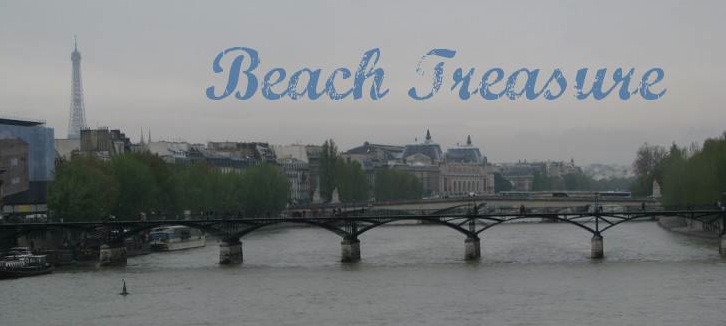
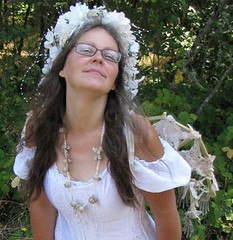

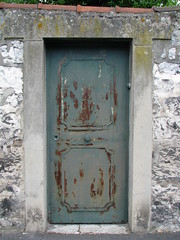





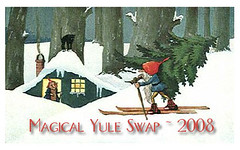





0 Comments:
Post a Comment
<< Home